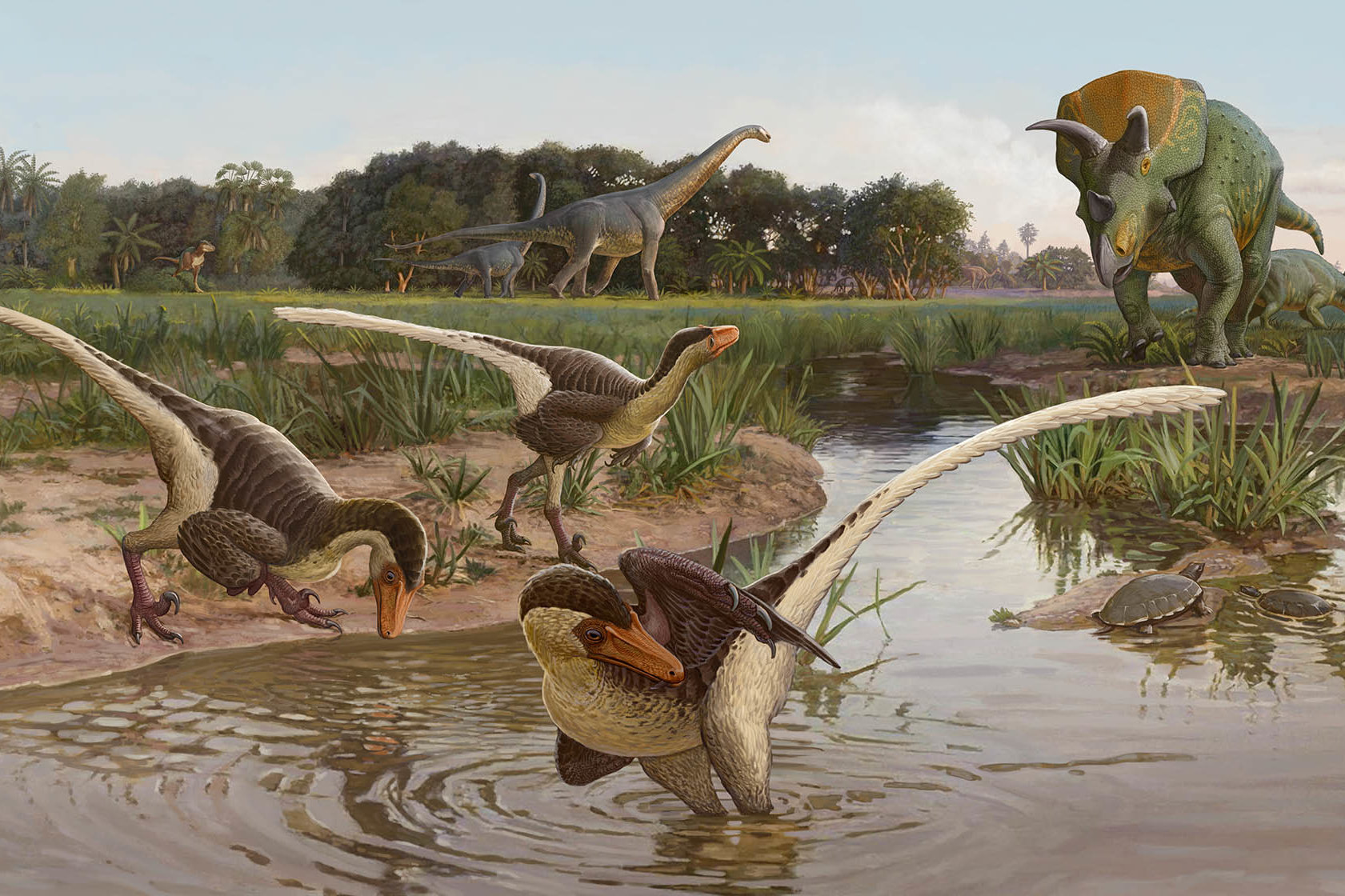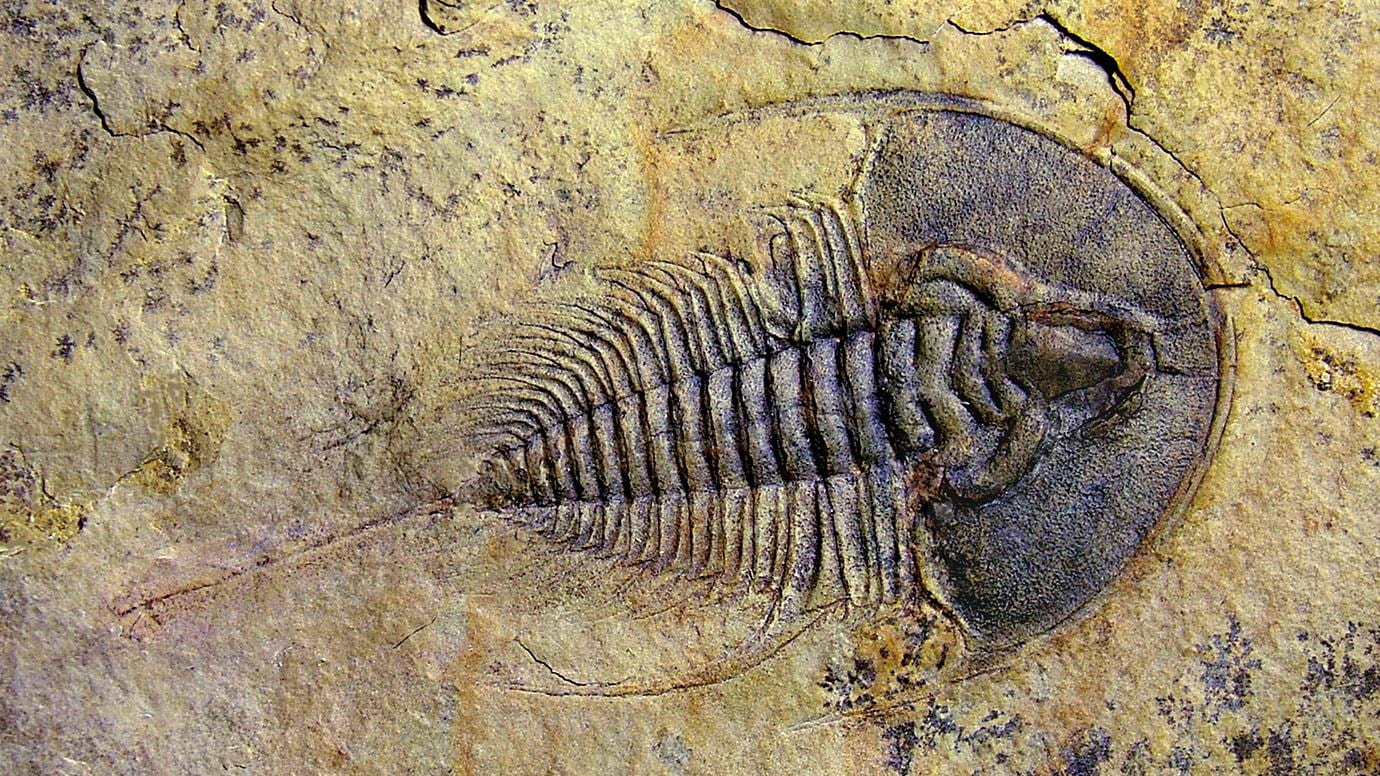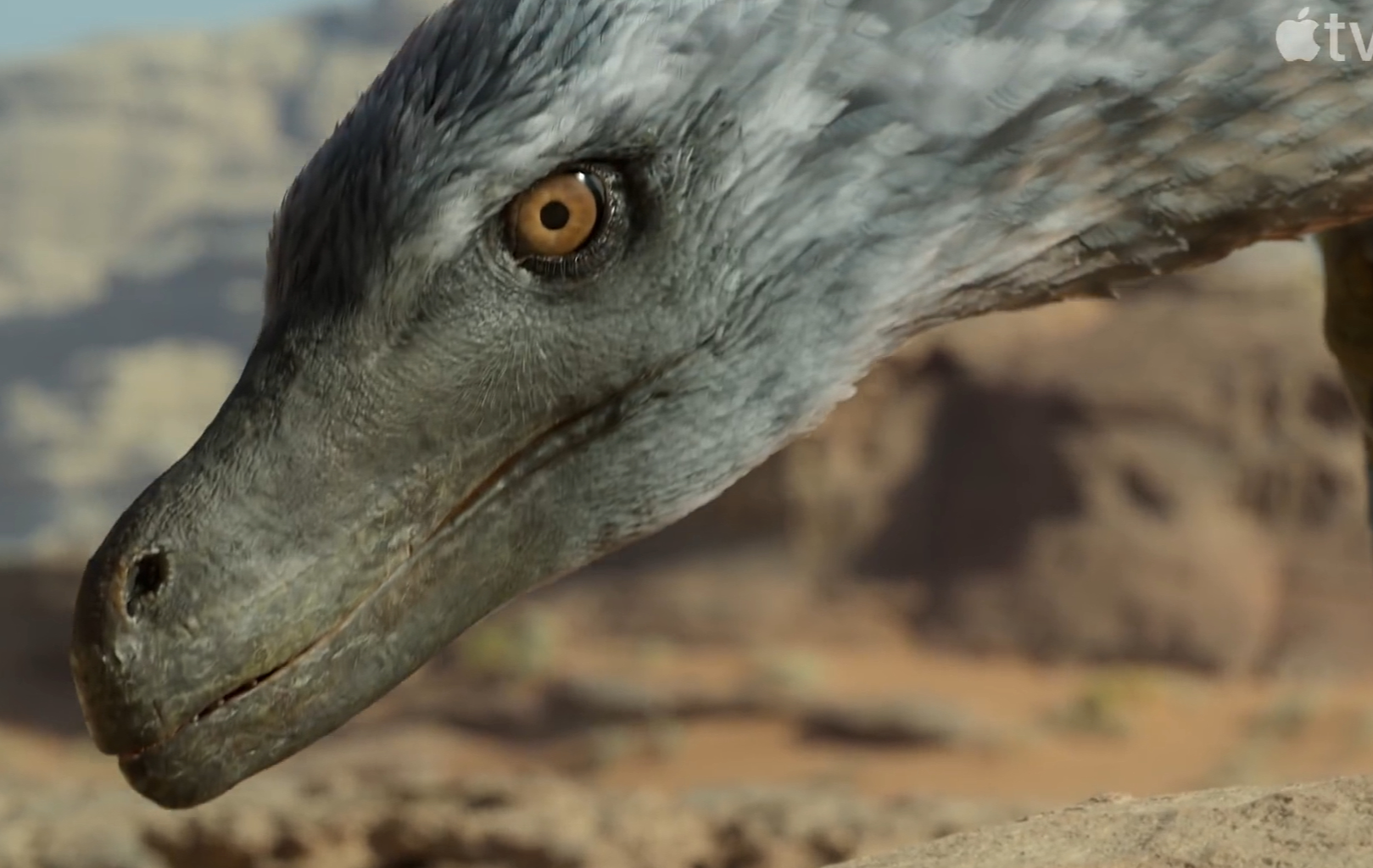




What is Paleontology?
Paleontology is the scientific study of life that existed in the past, primarily through the analysis of fossils. Fossils are preserved remains (bones), impressions, or traces of once-living organisms from earlier geological periods.
The father of Paleontology is considered "Georges Cuvier", a French dude born in 1769 and died in 1832. He proved fossils were extinct animals, and helped develop compartive anatomy. He also justified racial hierachies :(
Paleontology dates back centuries, but became formalized in the 18th and 19th centuries as scientists began to understand extinction and evolution. Discoveries of dinosaur bones, ancient marine life, and early plants allowed us to figure out parts of Earth's biological and geological history.
Major Branches of Paleontology:
- Vertebrate Paleontology – Study of animals with backbones (e.g., dinosaurs, mammals, reptiles).
- Invertebrate Paleontology – Study of animals without backbones (e.g., trilobites, mollusks, corals).
- Paleobotany – Study of fossil plants and ancient vegetation.
- Micropaleontology – Study of microscopic fossils such as foraminifera and pollen grains.
- Ichnology – Study of trace fossils like footprints, burrows, and trackways.
- Taphonomy – Study of the processes of decay, preservation, and fossilization.
Recommended Series
Realistic / Paleo-Accurate Shows:
- Prehistoric Planet (AppleTV)
- Life on Our Planet (Netflix)
Not Accurate, but Fun/Interesting:
- Prehistoric Park (2006)
- Chased by Dinosaurs (2002)
- Sea Monsters: A Walking with Dinosaurs Trilogy (2003)
These are ones I've watched. The three with the dates — 2006, 2002, and 2003 — are hosted by Nigel Marvin. He is an absolute W person. My favorite is the "Sea Monsters" series.
There's an upcoming series called "Forgotten Bloodlines: Agate" created by a YouTuber Digital Duck, whose narrator is Nigel Marvin too! So, AWESOME! You can learn more about it here: ForgottenBloodlines.com
It falls under the "Realistic / Paleo-Accurate" shows — I think. Not released yet though.
Also, if you want a dinosaur park builder game, play Jurassic World Evolution 2. If you want a paleo-accurate one that's scientifically grounded, play the game "Prehistoric Kingdom" (my favorite).
Geologic Time Scale
The Geologic Time Scale is a system that organizes Earth's 4.6-billion-year history into a structured timeline based on major geological and biological events. It's divided into eons, eras, periods, and epochs.

Here are some of the most important and cooler periods in Earth’s history:
- Cambrian (541–485 Mya) — Known for the "Cambrian Explosion," when complex multicellular life rapidly diversified, giving rise to many major animal phyla.
- Ordovician (485–443 Mya) — Marine life thrived, including early jawless fish, cephalopods, and coral reefs. Ended with a mass extinction.
- Silurian — Saw the stabilization of Earth’s climate and the first vascular land plants.
- Devonian (419–359 Mya) — The “Age of Fishes.” First amphibians and trees appear. Reefs expanded dramatically.
- Mississippian & Pennsylvanian (Together forming the Carboniferous Period) — Marked by vast swamp forests, giant insects, and the origin of amniotes (early reptiles).
- Permian (299–252 Mya) — Pangaea forms. Synapsids dominate land. Ends with the worst mass extinction in Earth's history (~90% of species lost).
- Triassic (252–201 Mya) — Recovery period after Permian extinction. First dinosaurs and mammals appear.
- Jurassic (201–145 Mya) — The rise of large dinosaurs like sauropods. First birds. Pangaea begins to split.
- Cretaceous (145–66 Mya) — Dinosaurs peak in diversity. Flowering plants appear. Ends with a mass extinction (asteroid impact) that kills the non-avian dinosaurs.
- Paleocene, Eocene, Oligocene — Mammals and birds rapidly diversify after the dinosaur extinction. Modern orders of animals emerge.
- Miocene (23–5.3 Mya) — Grasslands expand. Apes diversify, including early ancestors of humans.
- Pleistocene (2.6 Mya–11,700 years ago) — Ice Ages occur. Megafauna roam the continents. Homo sapiens evolve and spread globally.
- Holocene (11,700 years ago–present) — Our current epoch. Marked by the rise of agriculture, civilization, and dramatic environmental changes due to human activity.